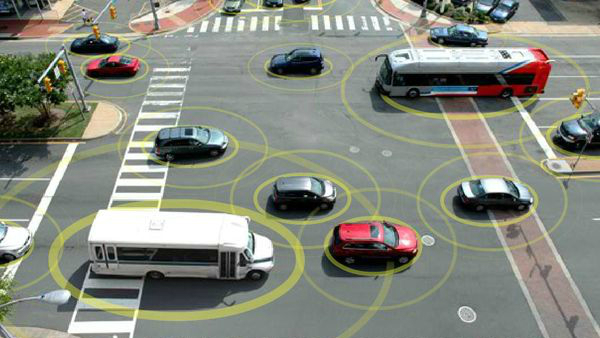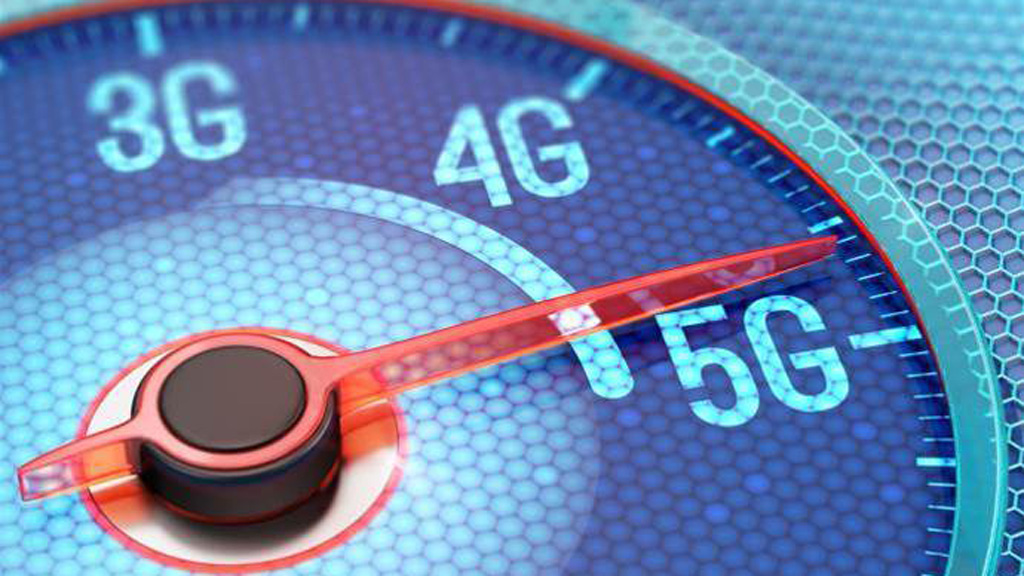We need rigorous 5G testing before we get in the driverless car
Autonomous vehicles will rely heavily on next generation networks

We can already foresee all the advances that 5G connectivity will bring the UK. Super-fast mobile coverage opens up all kinds of smart city capabilities from real-time connectivity that redirects entire road networks in response to traffic volumes, immediately updates autonomous vehicles about accidents or organises waste collections based on actual need rather than fixed schedules.
Citizens will download games and films in seconds and businesses and authorities will communicate with consumers through smartphones that have become handheld supercomputers. With Uber, Waymo Toyota and Tesla all trialing autonomous cars, we appear to be close to our 5G goal.
Have we got ahead of ourselves?
Yet we may be jumping the gun with our expectations. First, we need to get hold of the right technology and some reliably accurate and detailed data about the user-experience.
The short history of 5G differs markedly from 4G and 3G which were both designed primarily as new air interfaces. 5G by contrast, has been driven by the use cases and applications already alluded to.
Self-driving cars and the proliferation of internet-connected devices depend on consistent and agile 5G connectivity. So too, do services such as high-speed digital entertainment in vehicles and on-demand services for any connected object. The further development of smartphones, wearables and M2M devices all rely on the super-fast connectivity of 5G.
The current thrust of 5G development focuses heavily on performance, with the technology expected to be capable of delivering extremely fast data, with some estimates saying the technology must achieve between 10-50 Gbps (compared with today’s average 4G download speed of 15 Mbps).
Ultra-low latencies of or below single digit milliseconds are, for example, a necessity when autonomous vehicles have to sense, process and act on data faster than a human in order to be safe. We are talking here about providing such capabilities to vehicles moving at speeds of up to 300 mph. As much as this may sound excessive, trains in Japan and China have already exceeded this benchmark in speed tests. In the near future we will almost certainly see viable commercial speeds racing towards 300 mph.
Sign up to the TechRadar Pro newsletter to get all the top news, opinion, features and guidance your business needs to succeed!
Fortunately, the overall speed and network quality of 4G throughout the country means the UK is well-positioned to undergo the 5G transformation. 4G has already reached a high percentage of market-penetration in a relatively short amount of time. Even in predominantly rural areas, UK operators provide more extensive 4G coverage than is the case in many other European countries. In addition, the UK has been home to many independent trials of new service ideas such as smart cities, which while based on 4G coverage, have also been looking forward to definite 5G capabilities.

We need a 5G benchmark
Yet despite all this innovative thinking and testing of potential new 5G capabilities, we still lack a standardised definition of what 5G is. We need tough monitoring to establish standards in 5G trials, radio interfaces, the development of devices, security, IoT, self-organising networks (SON), network function organisation (NFV), network architecture changes and all the requirements of new services.
Bringing us to the 5G future will require continuous testing of networks and devices, so that standards can be set and improved on a continuing basis. Ambiguous standards have, in the past, led to problems in mobile networks, especially when multiple vendors are involved.
If we want standards to be objective and reliable it is vital that testing and monitoring is not solely undertaken by service providers themselves, as they will be understandably selective in the results they publish and promote, pluming up their success stories while ignoring areas failing to obtain effective coverage, or undesirable variations in speed, latency, dropped calls and so forth.
We need testing that is accurate and objective
A neutral and independent organisation will ensure that testing is thorough and leaves no stone unturned nor neglects any potential area of poor coverage. All such results also need to be released year-on-year in order to plot the progress of telecoms networks and chart service levels in order to provide clear trends. This sort of data is essential for governments and regulators, who need reliable datasets and benchmarks on which to base decisions on future developments.
Regular, rigorous and objective testing is already playing a significant role in the telecoms industry and is well-respected. The requirement for it will undoubtedly become even more important as 5G technology and its applications evolve. There is after all no chance of customers doing the research themselves before signing a contract with a service provider which is why the industry needs neutral, fair testing and monitoring.
Hakan Ekmen, Chief Executive at P3 communications GmbH
- Interested in 5G? Check out the first 5G device
Hakan Ekmen is CEO Telecommunication at umlaut. He is an experienced Chief Executive Officer with a demonstrated history of working in the telecommunication and digital industries. Hakan is skilled in Management, Wireless Technologies, Connectivity, Security and Consulting and has a strong business development professional cross-industry. Prior to umlaut, he was the managing director at P3 Group.
